Is Wroclaw on your travel radar? Well, it should be! It is one of my favorite cities in Europe but often overlooked in favor of the more popular Krakow and Warsaw.
Set on the banks of the Oder River, Wroclaw is a hub of academics, culture and history, boasting gorgeous colorful architecture. And if that can’t persuade you, maybe 2 euro beers can? Yes, Wroclaw is still one of Europe’s most affordable destinations.
After traveling in Poland for 15+ years and even living here, I have visited most cities many times. So let’s take a closer look at all the top reasons to visit Wroclaw!

Article overview
- Is Wroclaw worth visiting?
- 10 reasons to visit Wroclaw
- 1. Vibrant market square
- 2. Diverse architecture
- 3. It’s less touristy than Poland’s other big cities
- 4. Rich history & cultural melting pot
- 5. Dynamic arts and culture scene
- 6. Green spaces and waterways
- 7. Innovative museums
- 8. It’s a university city
- 9. The Gnomes of Wroclaw
- 10. An abundance of castles and palaces
- Is Wroclaw a cheap city?
- Is Wroclaw better than Warsaw?
- How many days in Wroclaw is enough?
Is Wroclaw worth visiting?
YES! While my favorite city in Poland will always be Krakow, I think Wrocław (pronounced vrots-wahf) is one of the most underrated cities in Europe.
Not only does Wroclaw have one of the largest and most colorful market squares in Europe, the site of Poland’s largest Christmas Market, but it has also been nicknamed the “Venice of Poland” due to its picturesque waterways and bridges.
Combine that with cheap food and drinks, and you have a winner. In other words, Wroclaw is the perfect place for an affordable European weekend getaway.
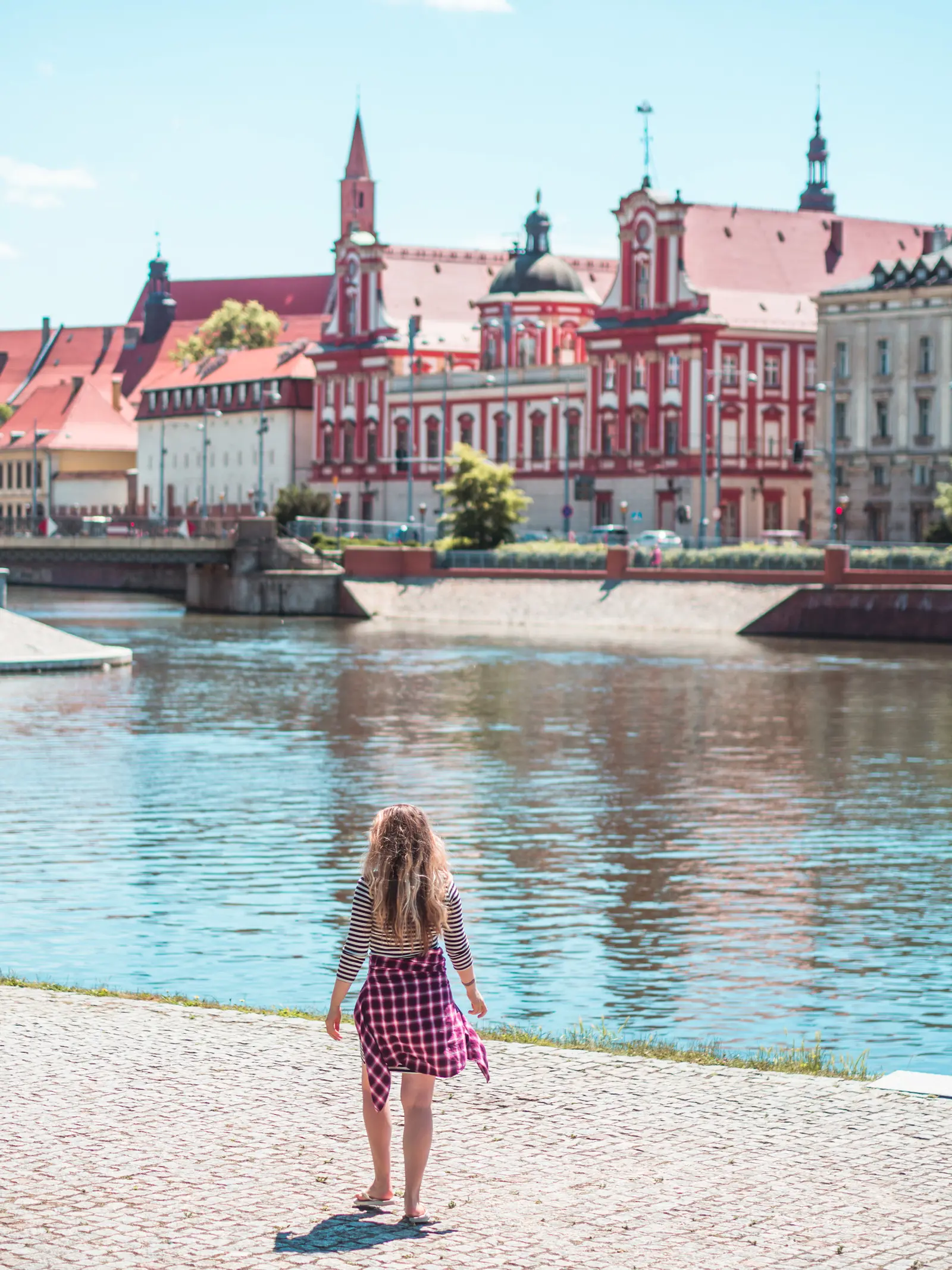
10 reasons to visit Wroclaw
There are so many reasons why I think you should visit Wroclaw, but here is a quick overview of the most important ones.
1. Vibrant market square
Wroclaw’s Market Square, known as Rynek, stands as the beating heart of the city. It is one of the largest market squares in Europe, a grand testament to Wroclaw’s medieval origins in the 13th century.
I love walking around looking at the patchwork of colorful buildings that frame the square, each with its own unique façade and story.
At the center of Rynek is the striking Old Town Hall, an exquisite example of Gothic architecture that now houses the Museum of Bourgeois Art.
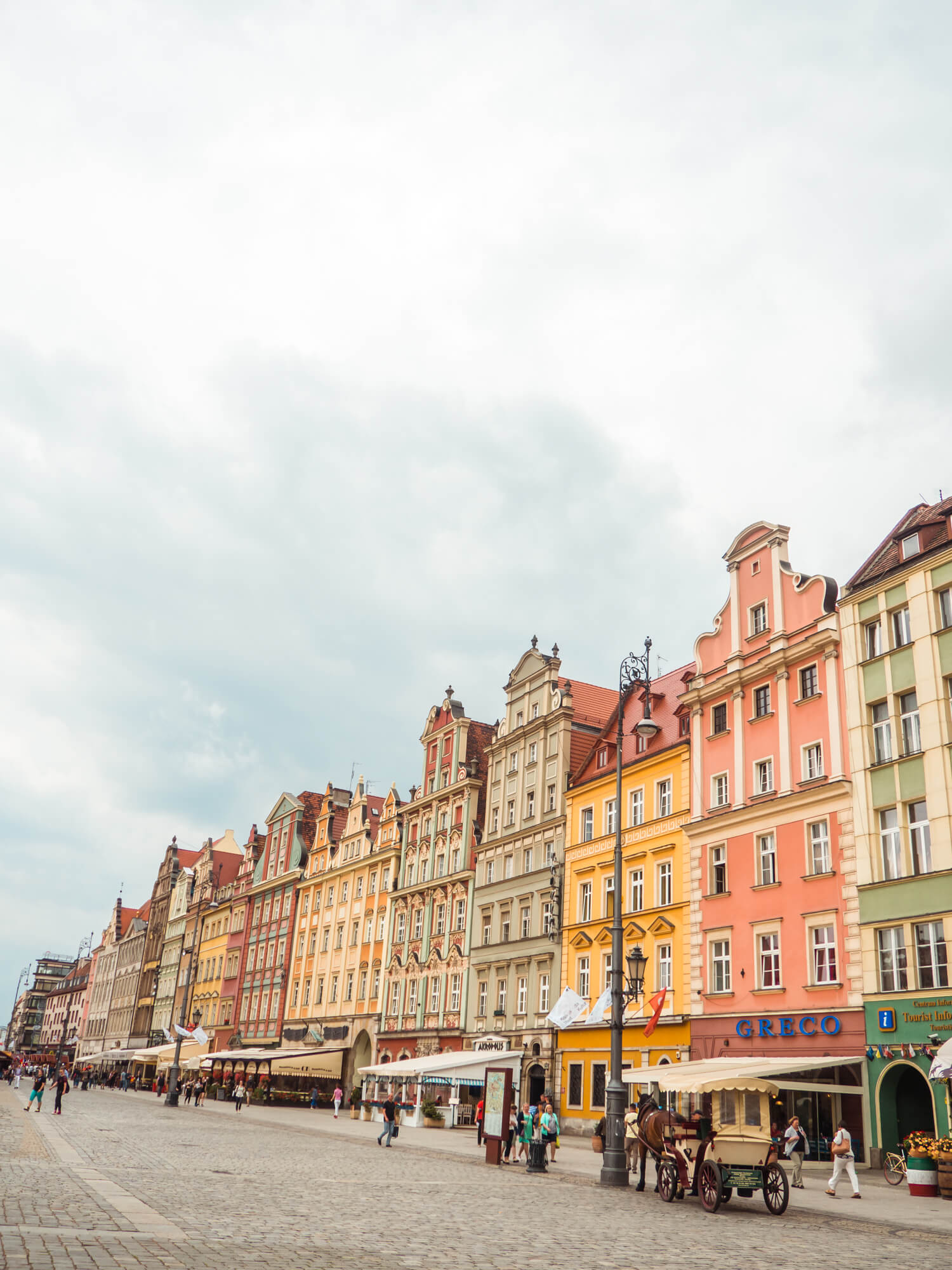
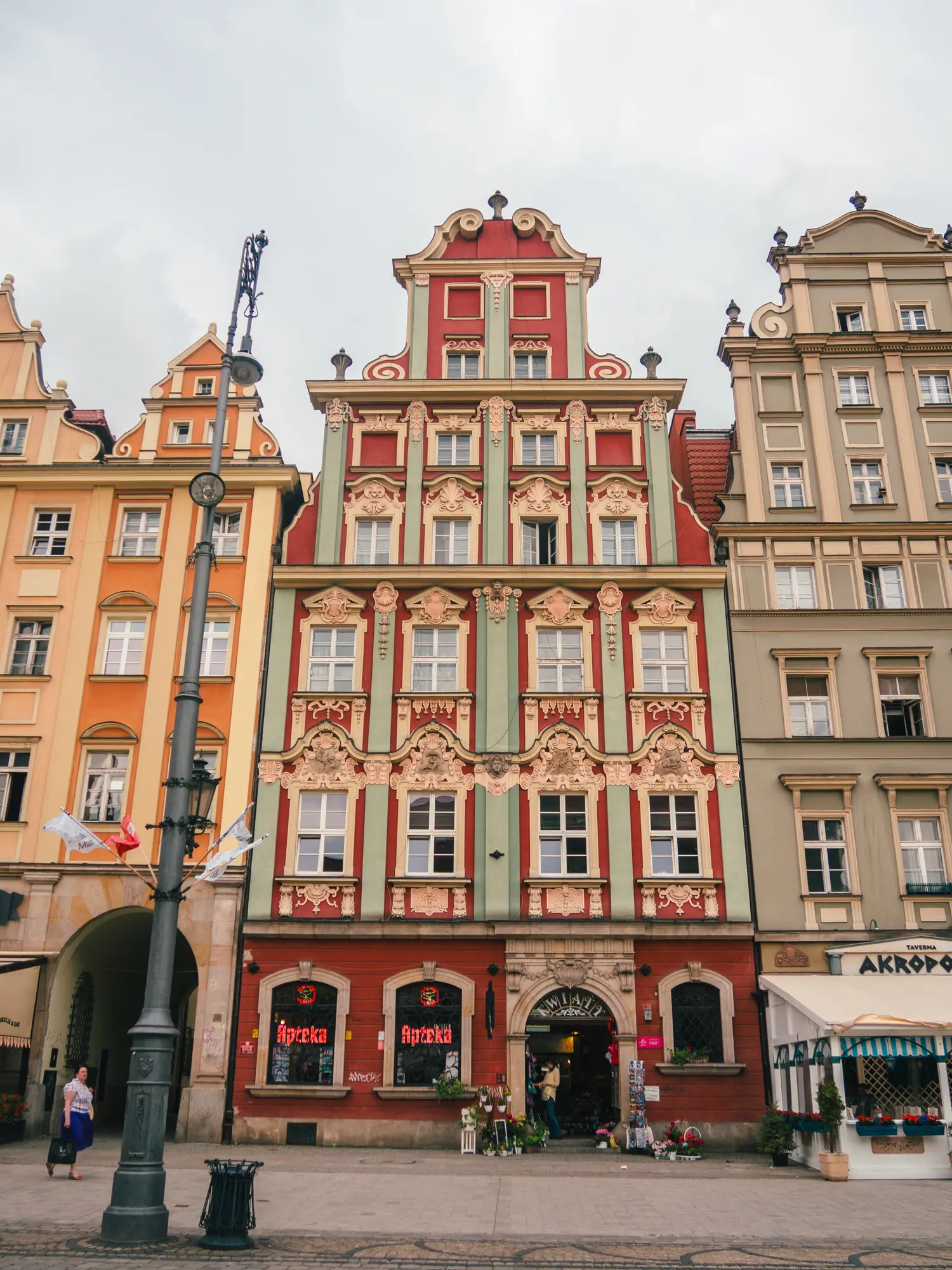
🚕 Pro tip >> I now always book transfers to and from the airport in Wroclaw with Welcome Pickups. I paid €10 less through them than with the airport taxi last time.
2. Diverse architecture
I don’t know about you, but I love old-world architecture, I wish we built buildings like you will see in Wrolcaw today. The city boasts a wide range of architectural styles, from Gothic and Baroque to Art Nouveau and Modernism. Here are a few examples:
Gothic: Located on Ostrów Tumski island, the Cathedral of St. John the Baptist is a standout with its twin spires and richly decorated interior.
Renaissance: Set in the heart of the Market Square, The Old Town Hall is a masterpiece of late Gothic and Renaissance architecture.
Baroque: The main building of the University of Wroclaw is a stunning example of Baroque architecture. The Aula Leopoldina, a grand baroque hall, is a highlight, adorned with frescoes and elaborate stucco work.
Modernism: Designed by architect Max Berg, Centennial Hall is an early modernist structure and a UNESCO World Heritage site. It was built to commemorate the 100th anniversary of Napoleon’s defeat at the Battle of Leipzig.
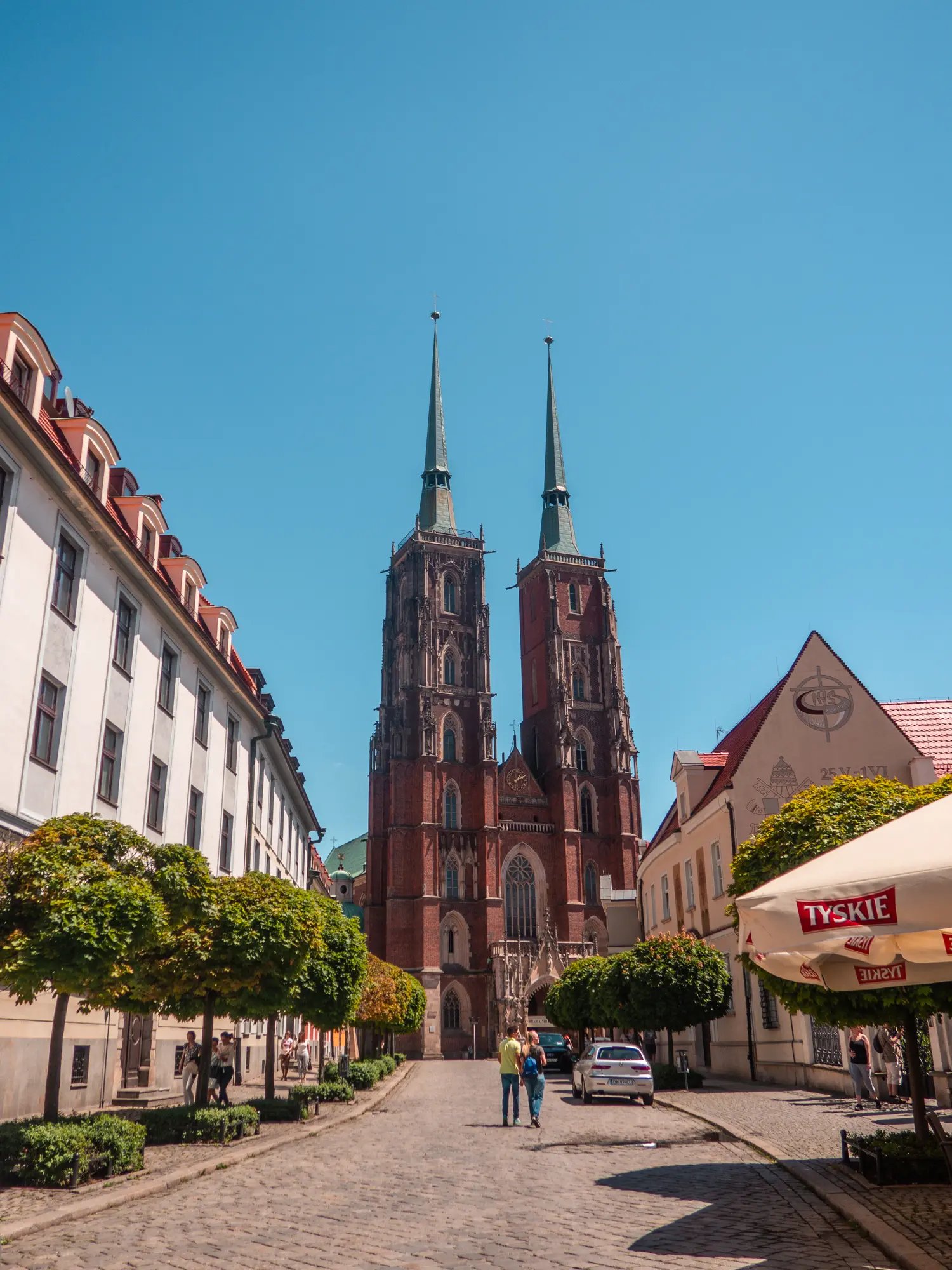
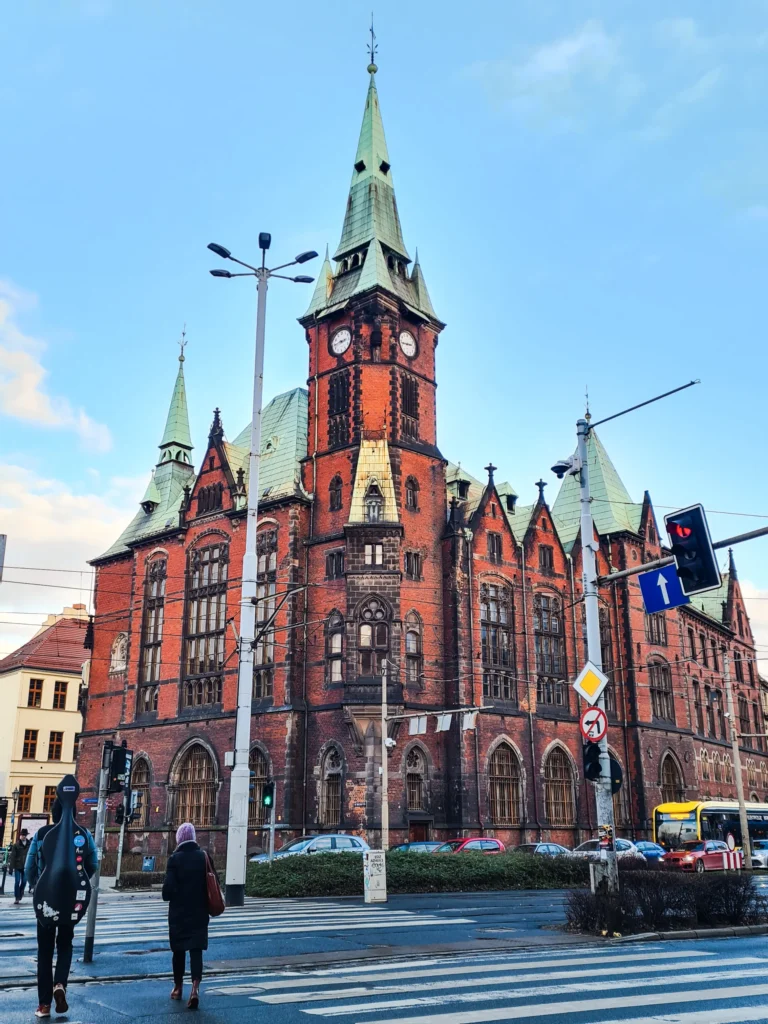
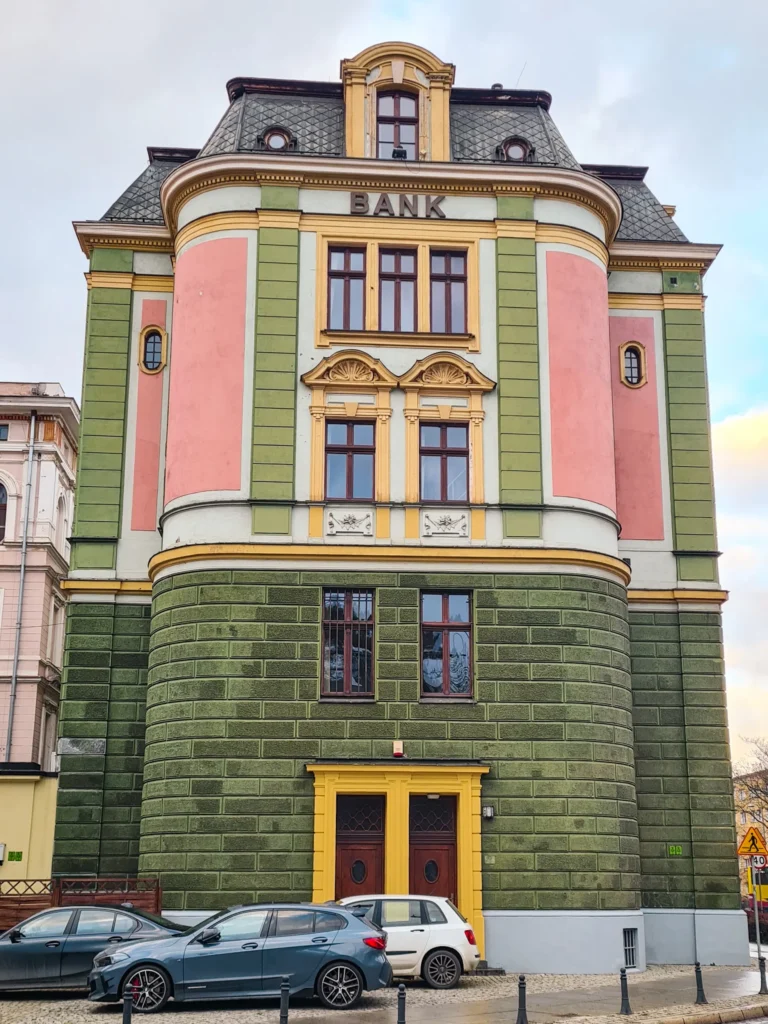
3. It’s less touristy than Poland’s other big cities
Although Wroclaw is western Poland’s largest city with so much to offer, most people seem to prefer Warsaw or Kraków.
Of course, there are tourists here as well, but the last time I visited I came from Krakow which has exploded with tourists in recent years, and Wroclaw felt so much calmer.
I could actually walk around the main square without constantly stopping and changing course like I’m used to in Krakow, Warsaw and Gdansk. Just take a look below, I shot these photos in June in the middle of the city.

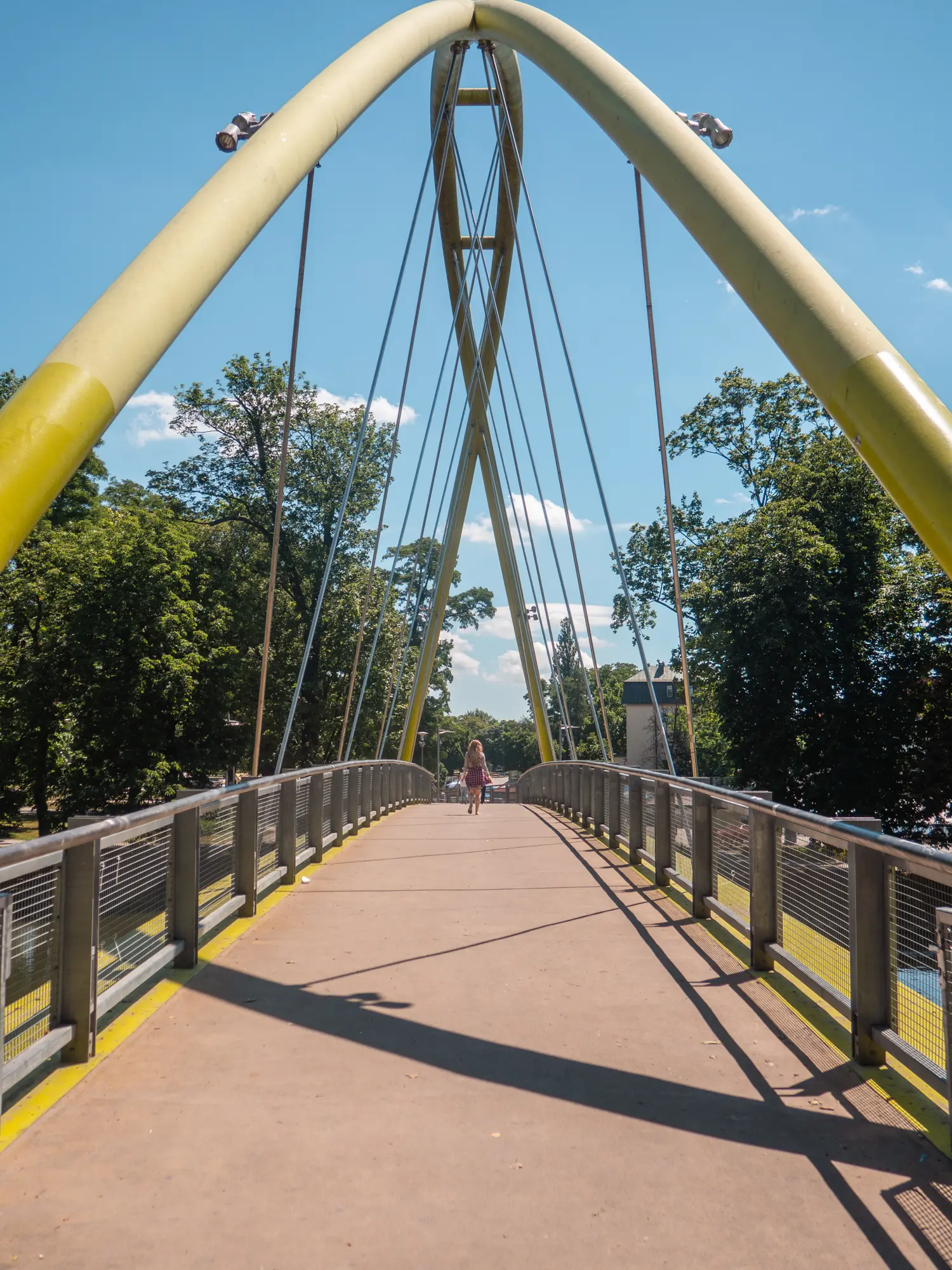
4. Rich history & cultural melting pot
Wrocław’s strategic location on the Oder River made it a hub of trade and a crossing point for various cultural influences.
Throughout its existence, it has been under the rule of various kingdoms and empires, including the Polish Piast dynasty, Bohemia, Hungary, the Habsburg Monarchy, Prussia, and Germany, before becoming part of Poland again after World War II.
This tumultuous past has left Wrocław with a unique cultural heritage, reflected in its diverse architecture, multicultural traditions and diverse food scene.
Pro tip >> I highly recommend this food tour to all my fellow foodies. It is one of my favorite tours in Wroclaw so far. You get to taste 10 different dishes 😋
One of my favorite historic attractions is the lamplighter on Ostrów Tumski, a cherished figure who manually lights the gas street lamps every evening. Dressed in a traditional uniform complete with a top hat and carrying a long pole, he is one of the last of his kind.
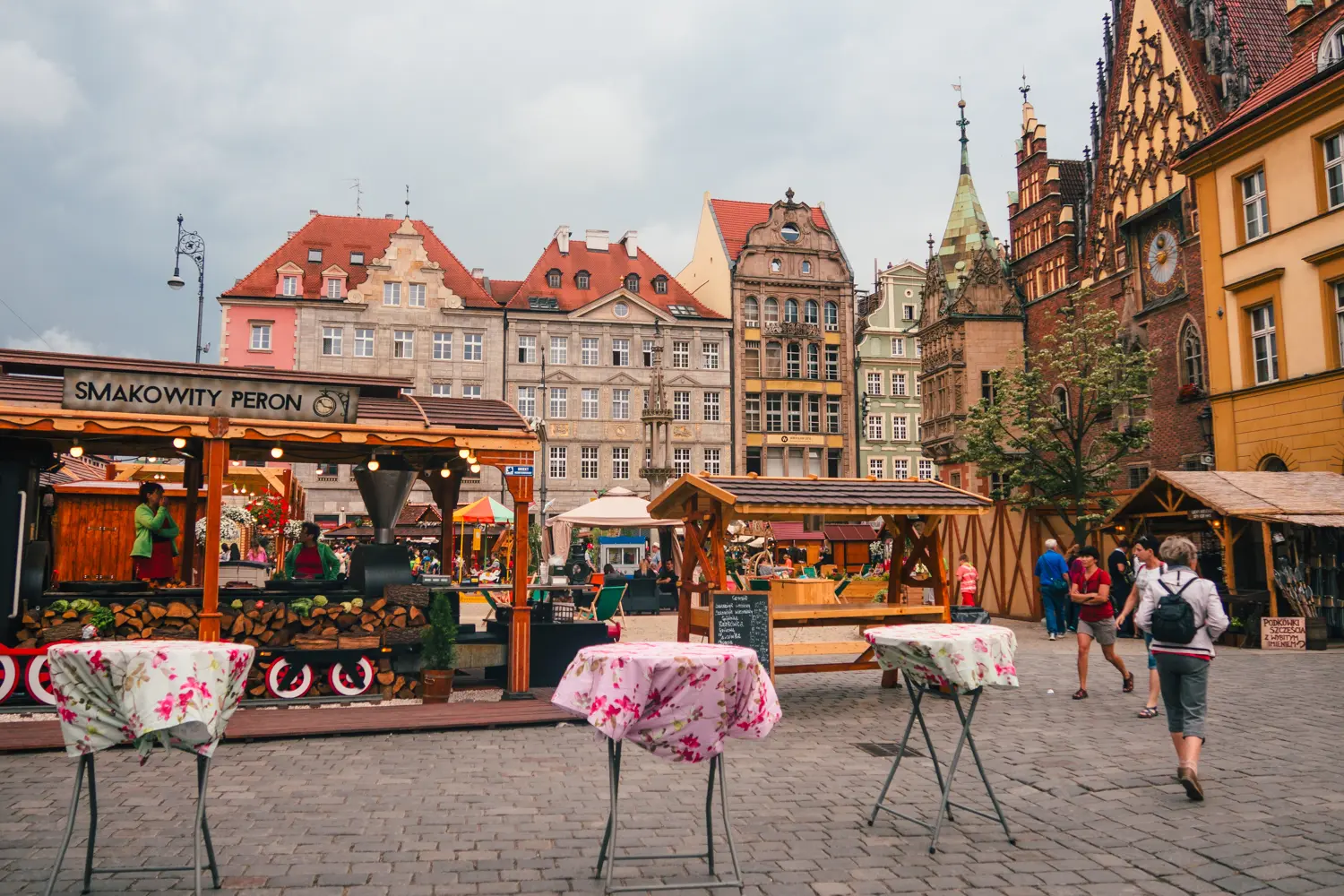
5. Dynamic arts and culture scene
With numerous theaters, galleries, museums and a lively music scene, Wroclaw is a cultural powerhouse, recognized as the European Capital of Culture in 2016. I was there then and it was so much fun!
Experience venues such as the grand Wroclaw Opera, the Wroclaw Philharmonic and the National Forum of Music, which is renowned for its exceptional acoustics and cutting-edge design.
And if you’re an art enthusiast you can revel in a variety of galleries, such as the Wroclaw Contemporary Museum housed in a WWII-era air-raid shelter and the Four Domes Pavilion, which showcases modern and contemporary art.
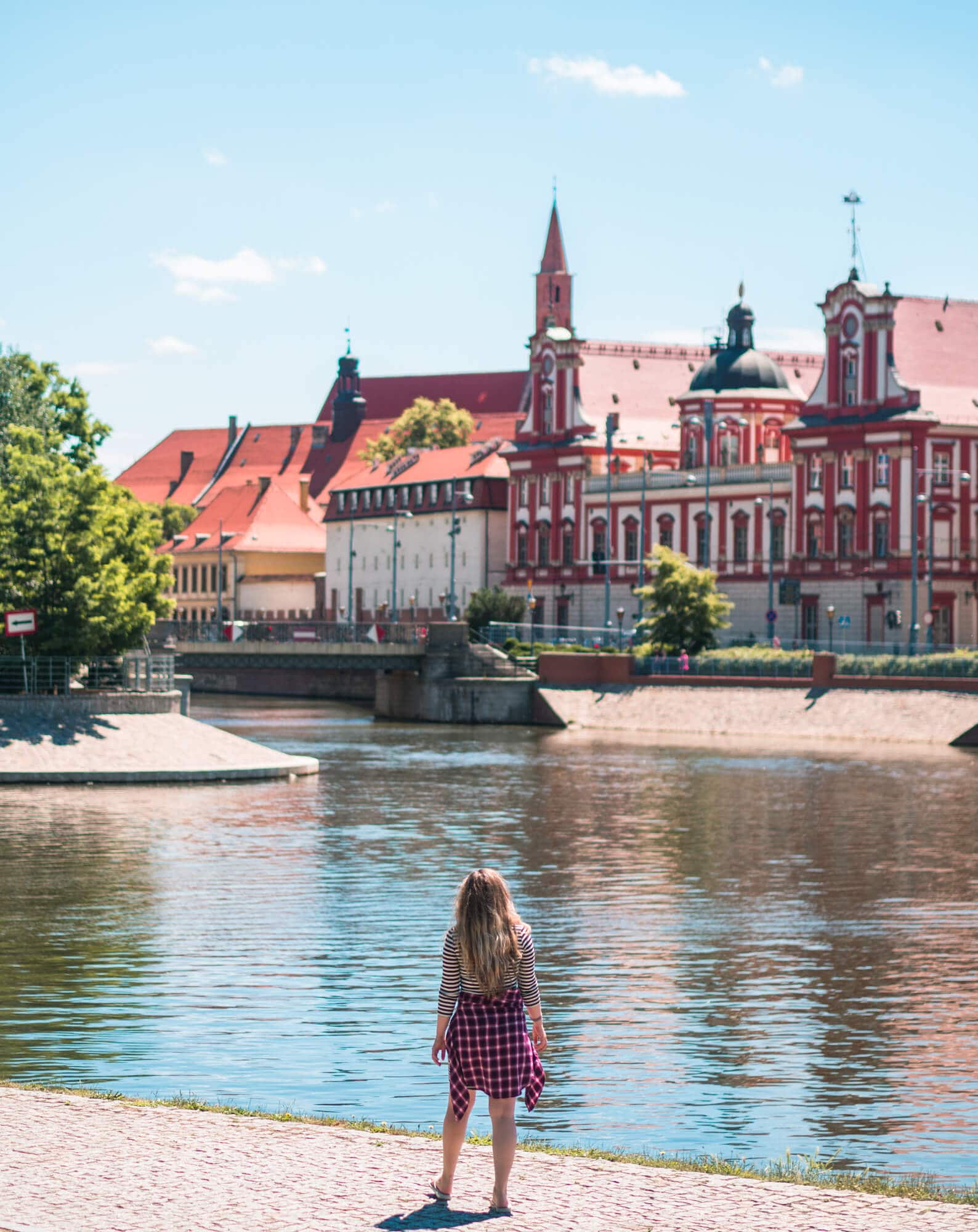
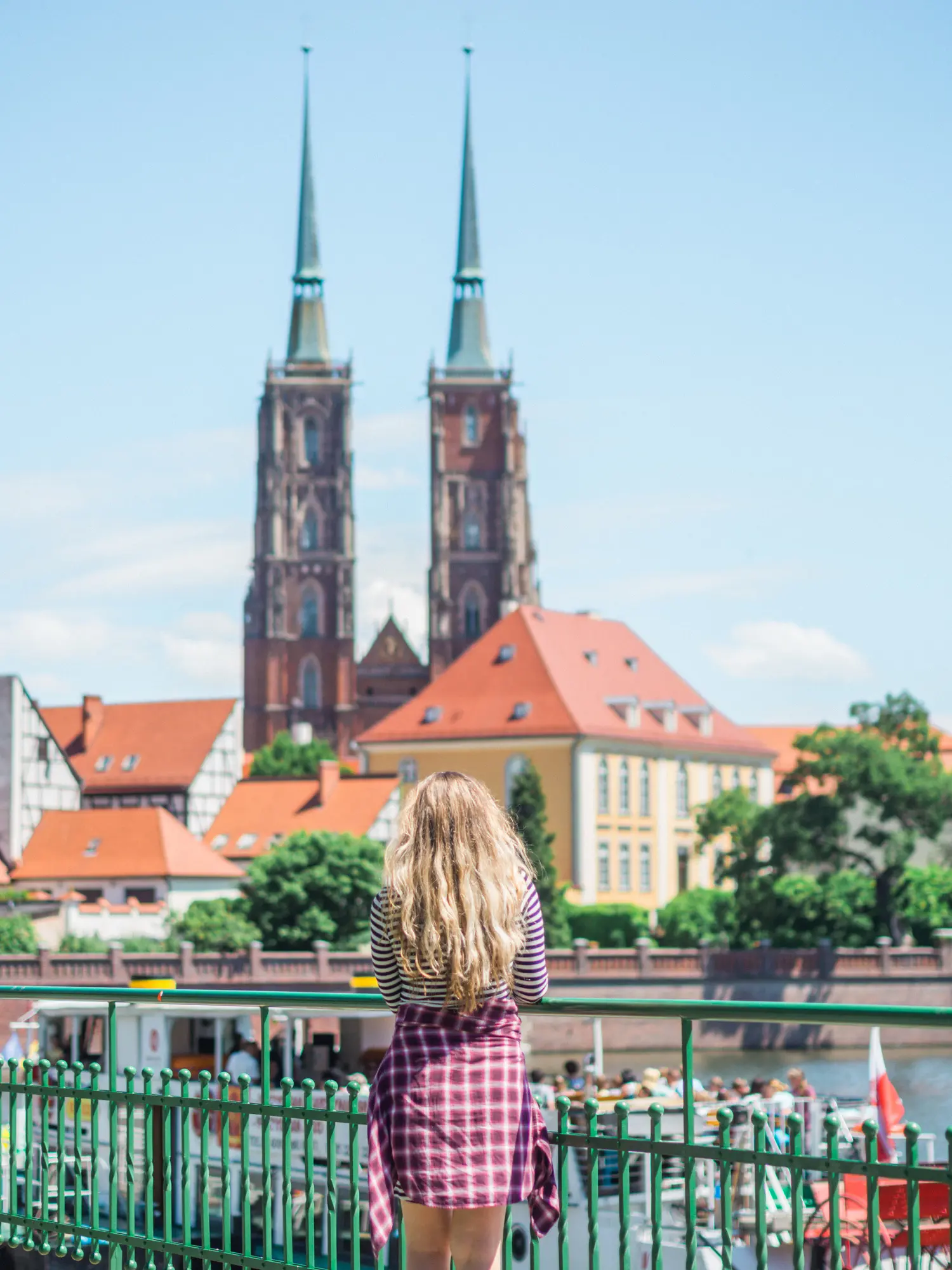
6. Green spaces and waterways
The Oder River meanders gracefully through Wroclaw, creating idyllic islands and a network of canals that have earned the city its nickname “Venice of Poland”. Other than the colorful architecture, this is the reason why I love Wroclaw.
I recommend getting some delicious food and having a picnic in Szczytnicki Park, the city’s largest and most beautiful park. The area around the Japanese Garden looks like a Monet painting. Stunning!
The manicured riverbanks and numerous bridges arching over the waterways add to the picturesque landscape, with the iconic Tumski Bridge as a special spot for lovers to attach padlocks.
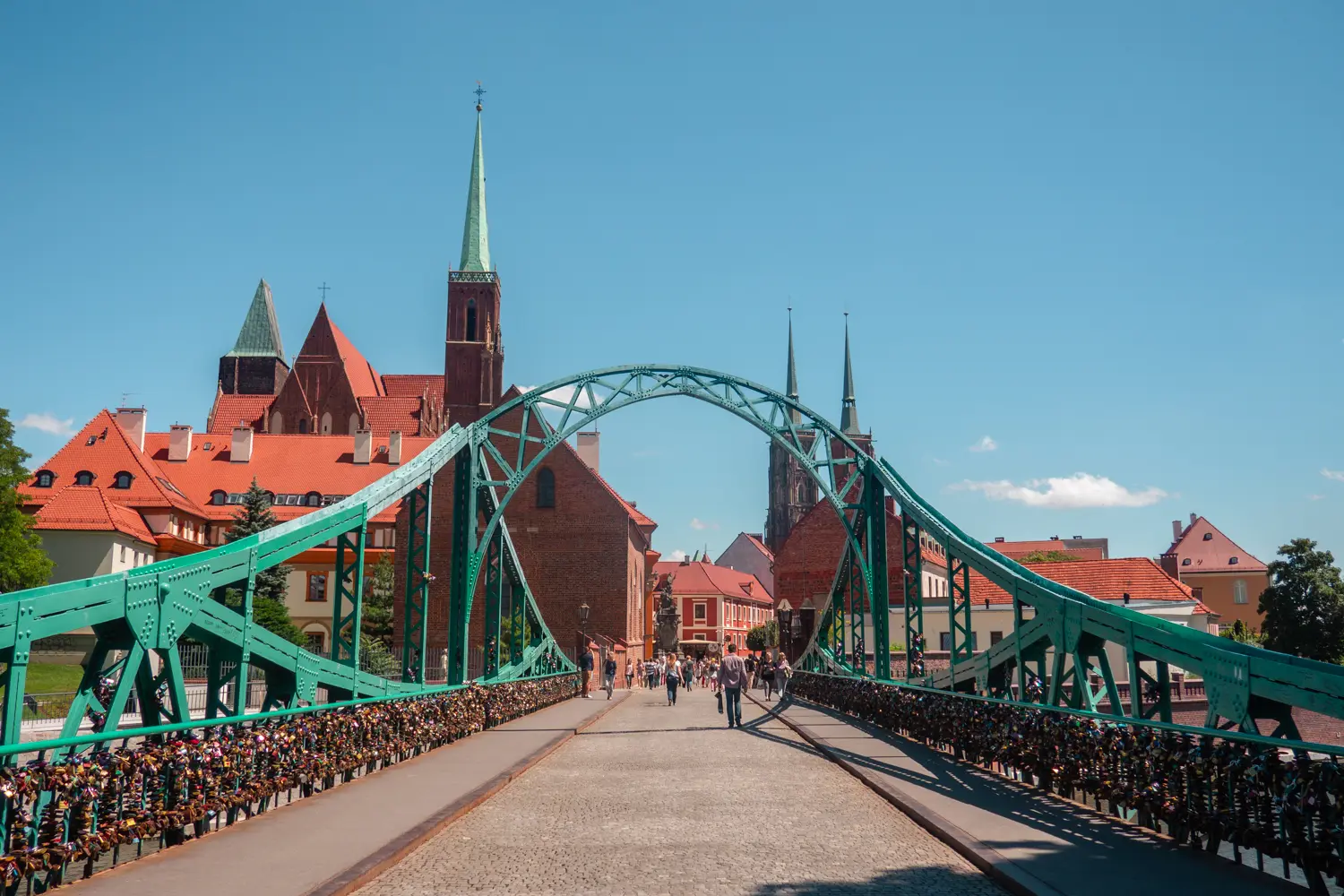
7. Innovative museums
Wroclaw’s museums are treasure troves of art, history and science. One of my favorites is Hydropolis, a unique knowledge center dedicated to water.
It combines education with modern multimedia technology to create an immersive learning experience. You have to see some of these exhibitions!
The National Museum houses an impressive collection of Polish art, spanning from medieval times to contemporary works. While the Museum of Architecture, housed in a former monastery, is the only museum in Poland dedicated to the country’s architectural history.
8. It’s a university city
As a major academic center, Wroclaw’s large student population contributes to the city’s youthful energy, innovative atmosphere and a calendar filled with events and activities.
A night out in Wroclaw is always fun (and very affordable)!
9. The Gnomes of Wroclaw
These adorable little bronze statues are scattered throughout the city, each with its own personality and backstory.
They started as a quirky tribute to the Orange Alternative movement, which used dwarf graffiti to stage peaceful, yet satirical protests against the communist regime.
Now, they’ve become a beloved symbol of Wroclaw and a playful way to explore the city’s nooks and crannies. You might spot one chilling out on a windowsill, another carrying a tiny suitcase and even one snoozing on a bench.
With over 300 gnomes and counting, you’re in for a fun game of hide-and-seek. Grab a map from the tourist office or download the app to track your finds.
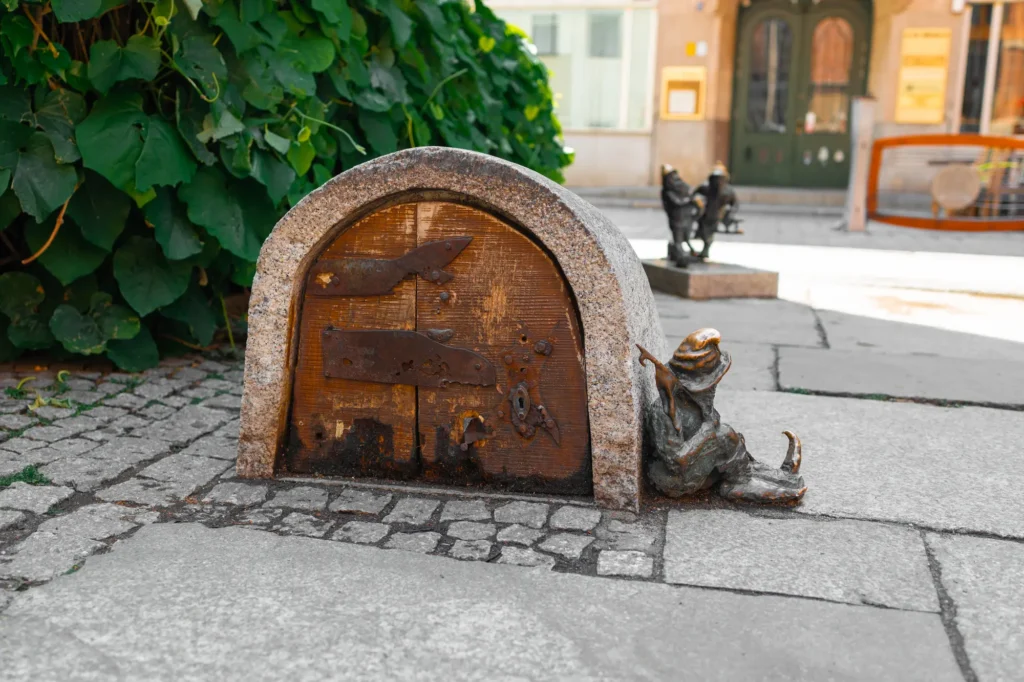
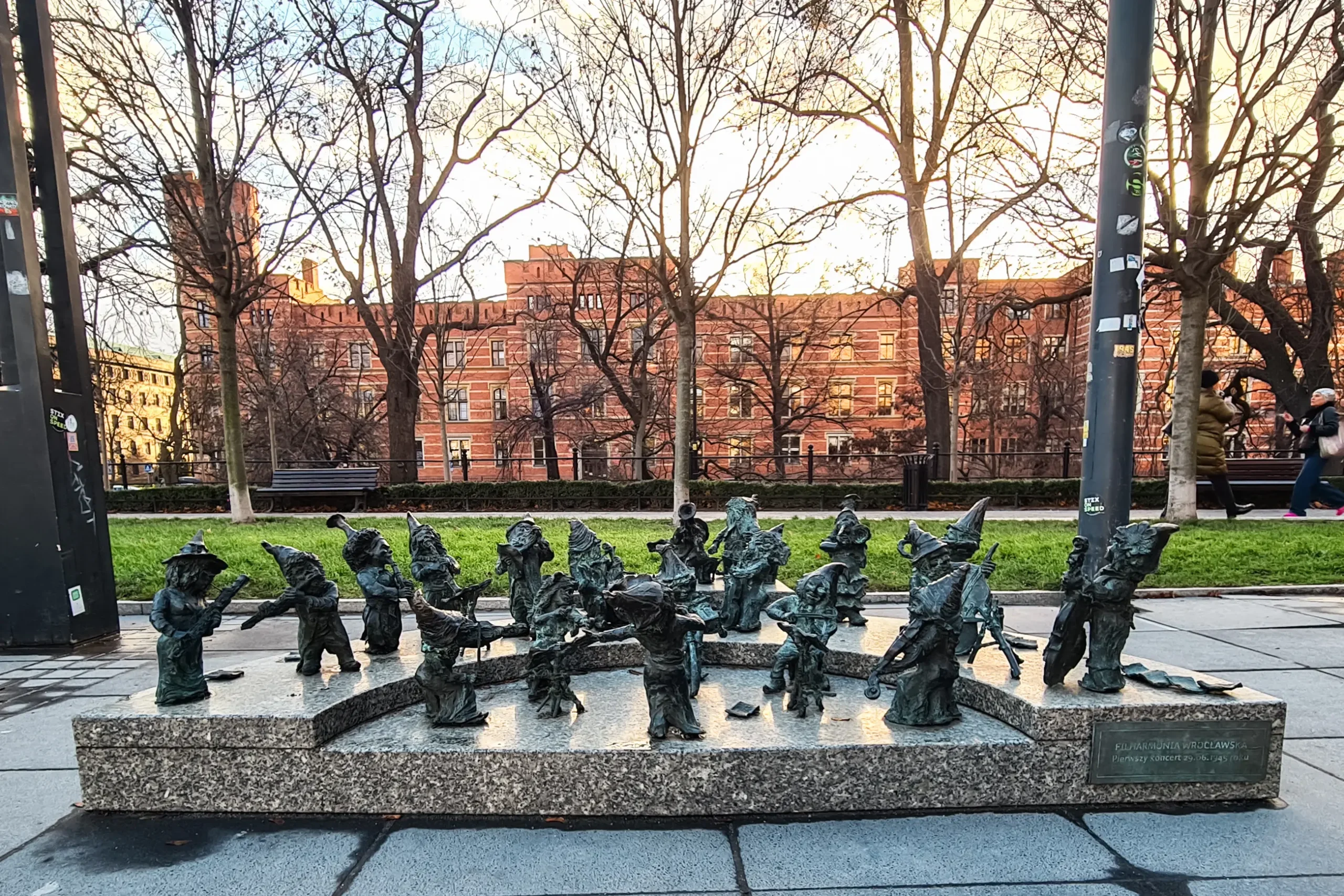
10. An abundance of castles and palaces
If you’re a castle lover like me, you’ll be happy to know that there are many stunning castles, palaces and fortresses, standing proud in and around Wroclaw.
My favorite castle in Poland is Książ, located in Wałbrzych, less than an hour’s drive from Wroclaw. This majestic structure, the third-largest castle in the country, is perched on a rock and surrounded by lush forests. The mix of architectural styles and pink colors makes it look like something out of a fairytale.
Another one of my favorites is Leśnica Castle, set on the outskirts of the greater Wroclaw area. It is a majestic light-colored structure that dates back to the 13th century. Definitely a must on any Poland Bucket List.
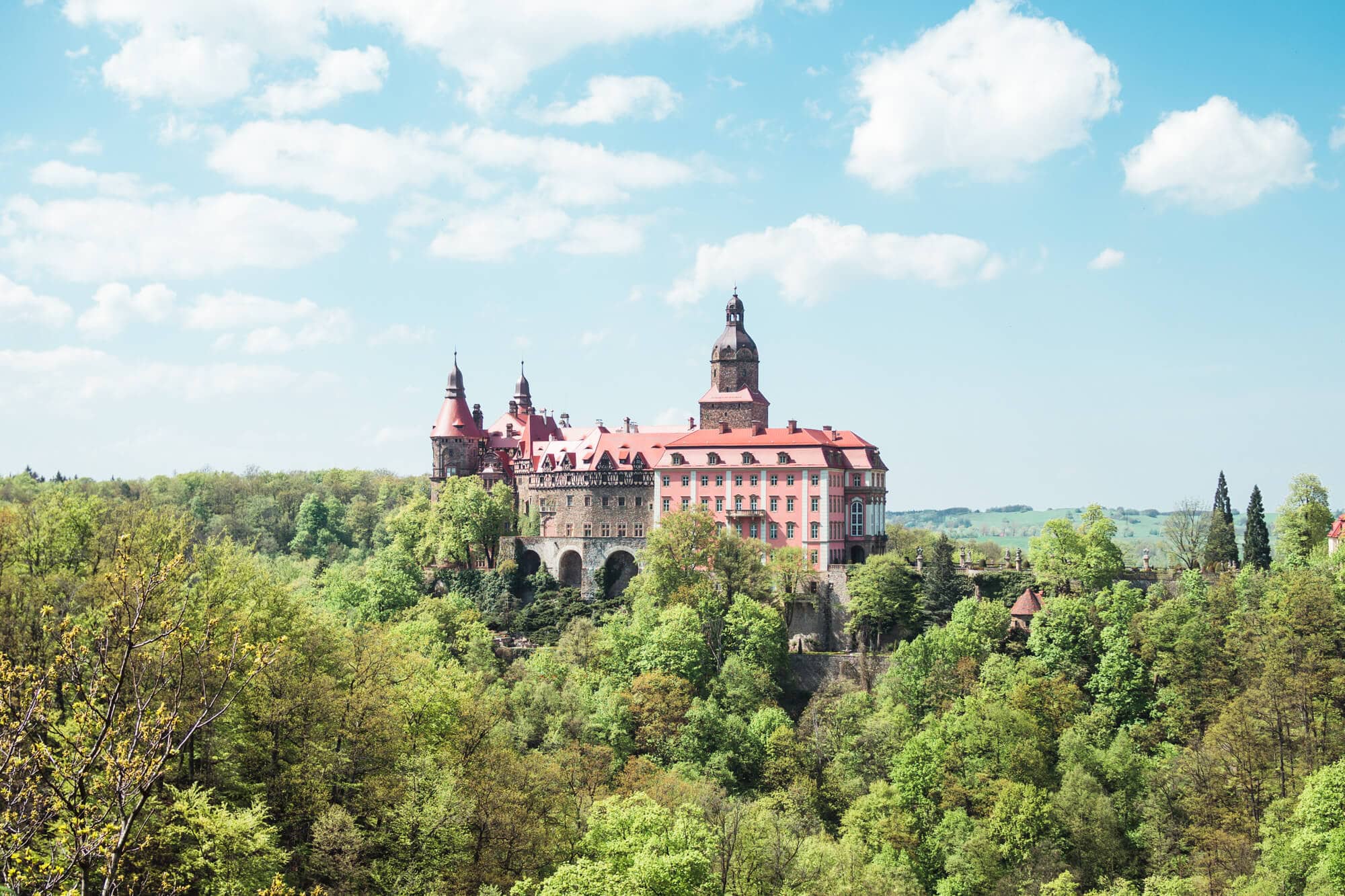
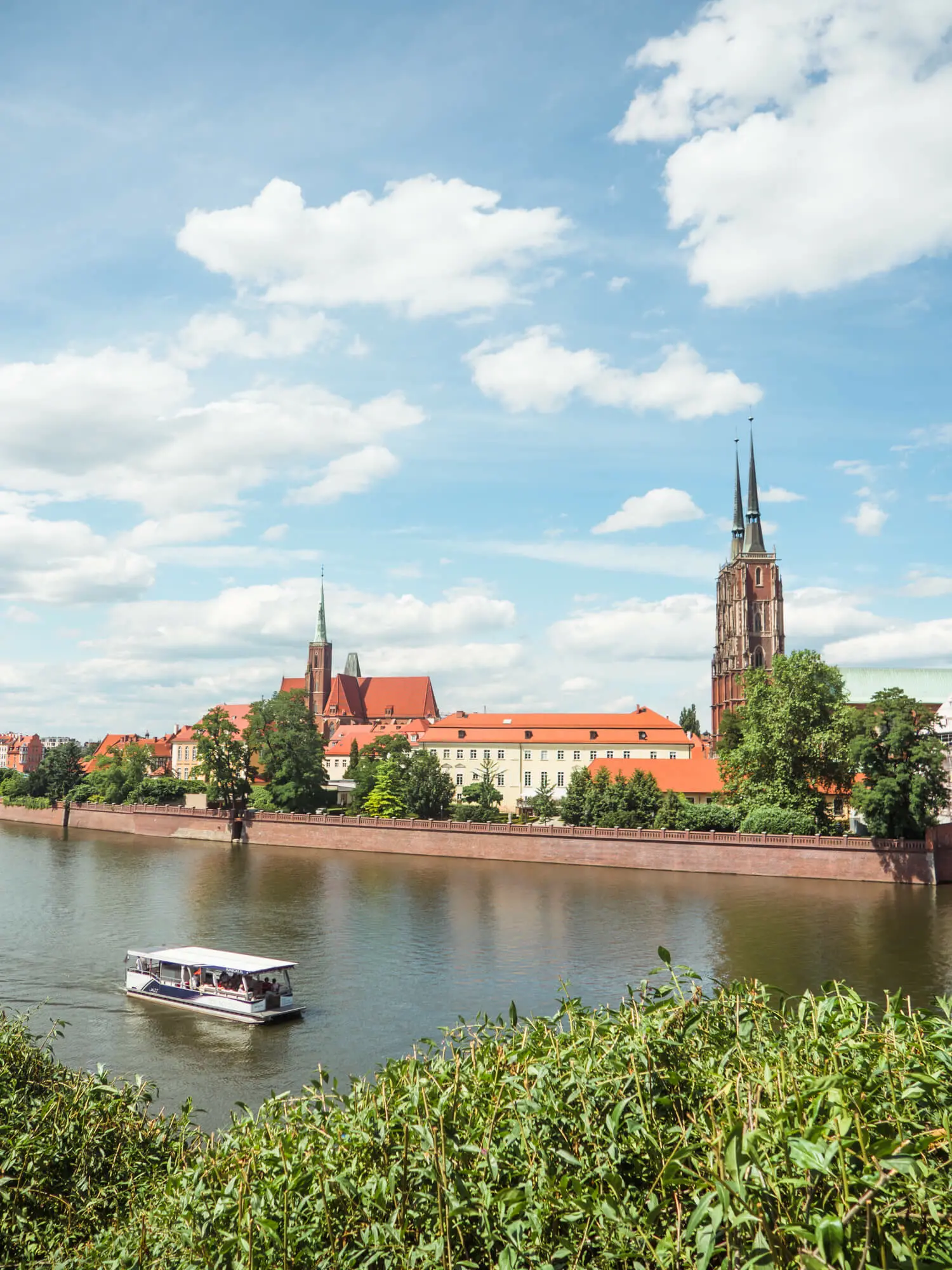
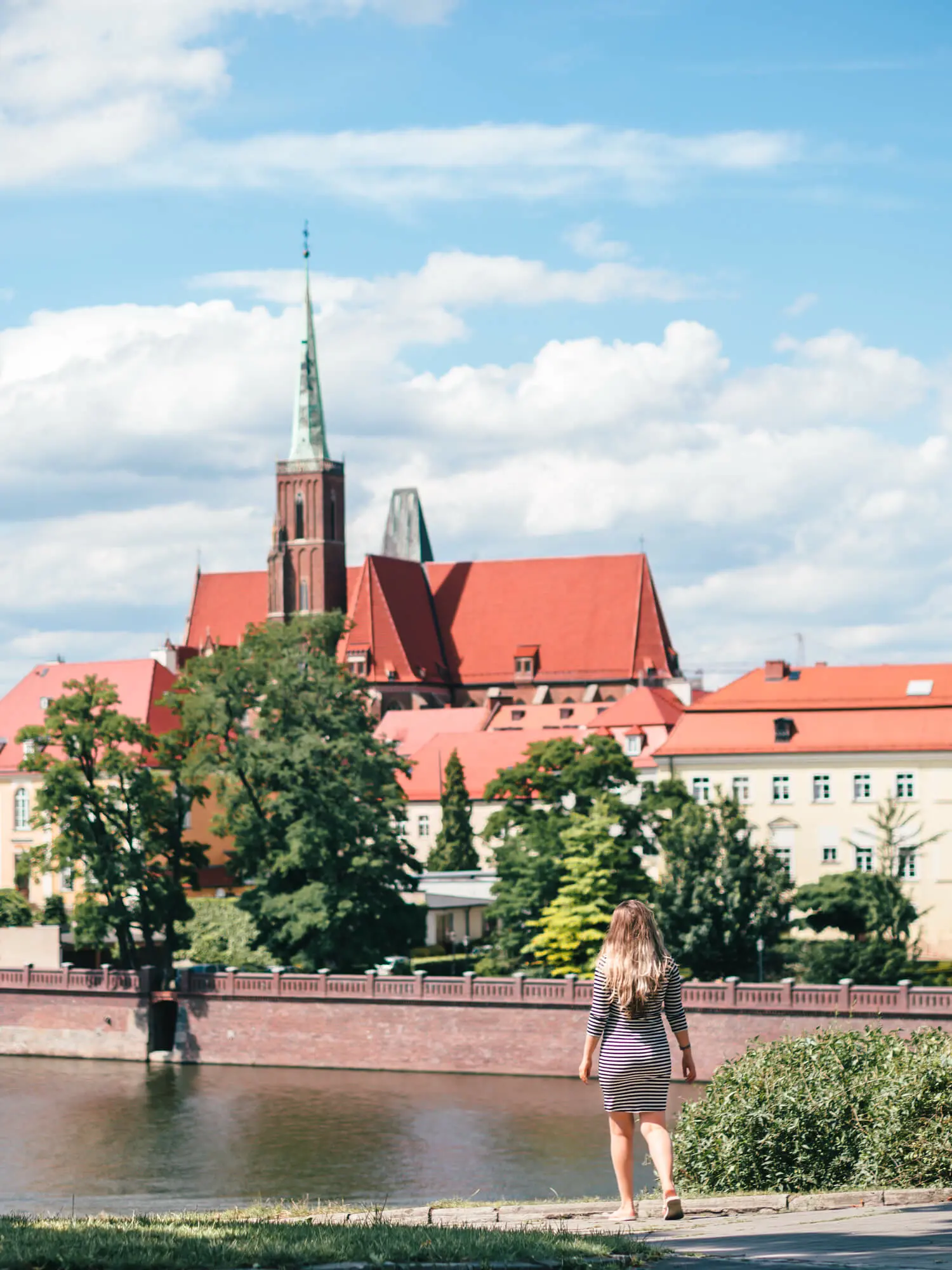
Is Wroclaw a cheap city?
Poland is often considered one of the most affordable countries to visit in Europe due to its reasonable cost of living and favorable exchange rates, especially when compared to Western European destinations.
And Wroclaw is still a little cheaper than Warsaw, Krakow and Gdansk. The last time I was there I spent $600 over a week staying in a one-bedroom apartment. I ate what I wanted without thinking about the price, and visited many of the top attractions.
Prices will, of course, vary depending on the location within the city and the time of year, with tourist hotspots such as the old town and peak seasons seeing higher rates.
Is Wroclaw cheaper than Krakow?
Yes, after traveling between the two cities countless times, my impression is that Wroclaw is a tiny bit cheaper than Krakow.
This difference is often reflected in accommodation prices, dining out and attraction entrance fees. Krakow is a larger, more internationally known tourist hub which will always drive prices up.
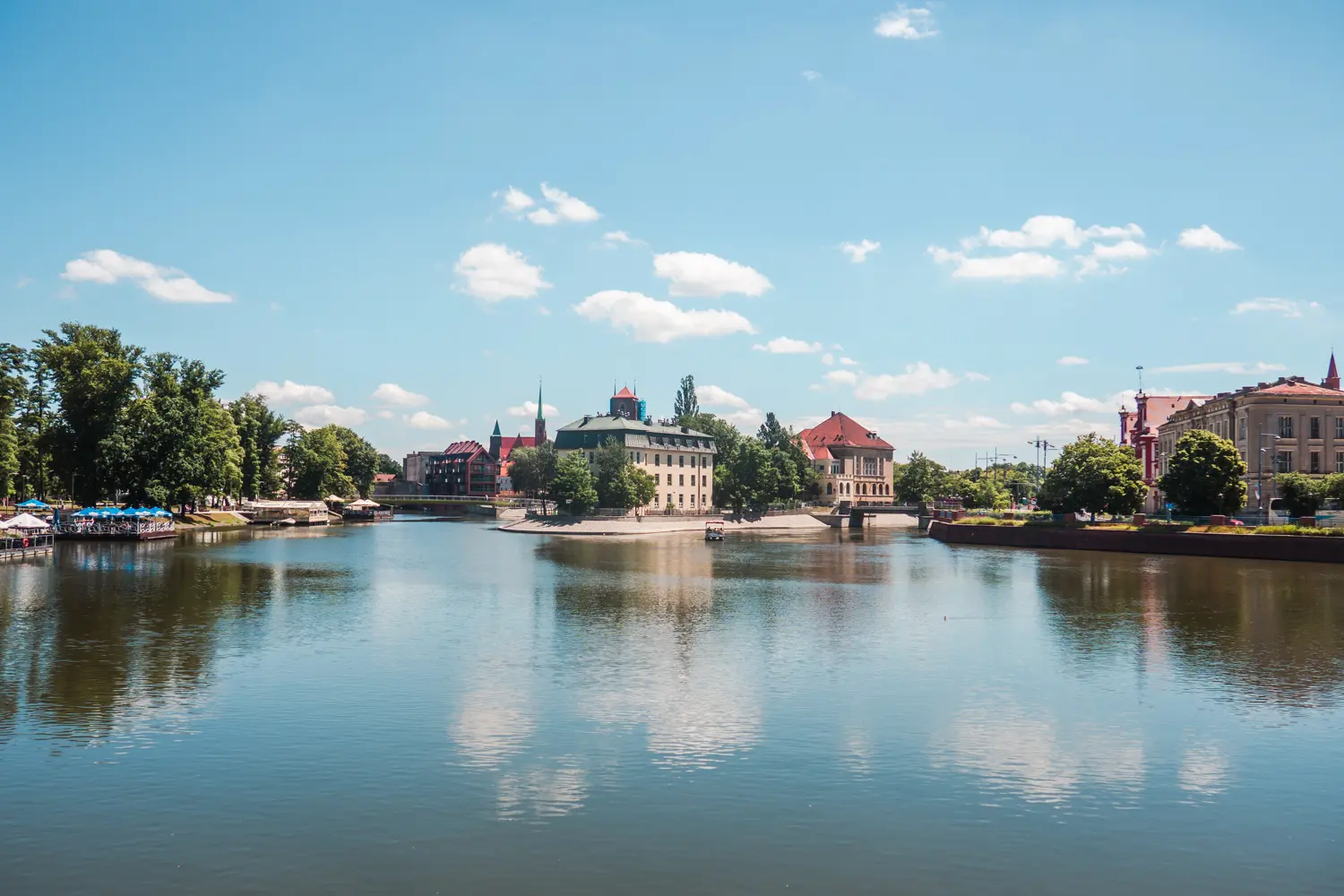
Is Wroclaw better than Warsaw?
Yes, I think so. But, of course, it depends on what you’re after. Wroclaw has its own unique charm that I find more appealing than the larger, more busy capital city of Warsaw.
Wroclaw is also more compact than Warsaw, making it easier to explore on foot or by bike. On the other hand, Warsaw offers a broader selection of dining and shopping options.
I always want to return to Wroclaw as soon as I leave, however, I have never had that feeling in Warsaw.
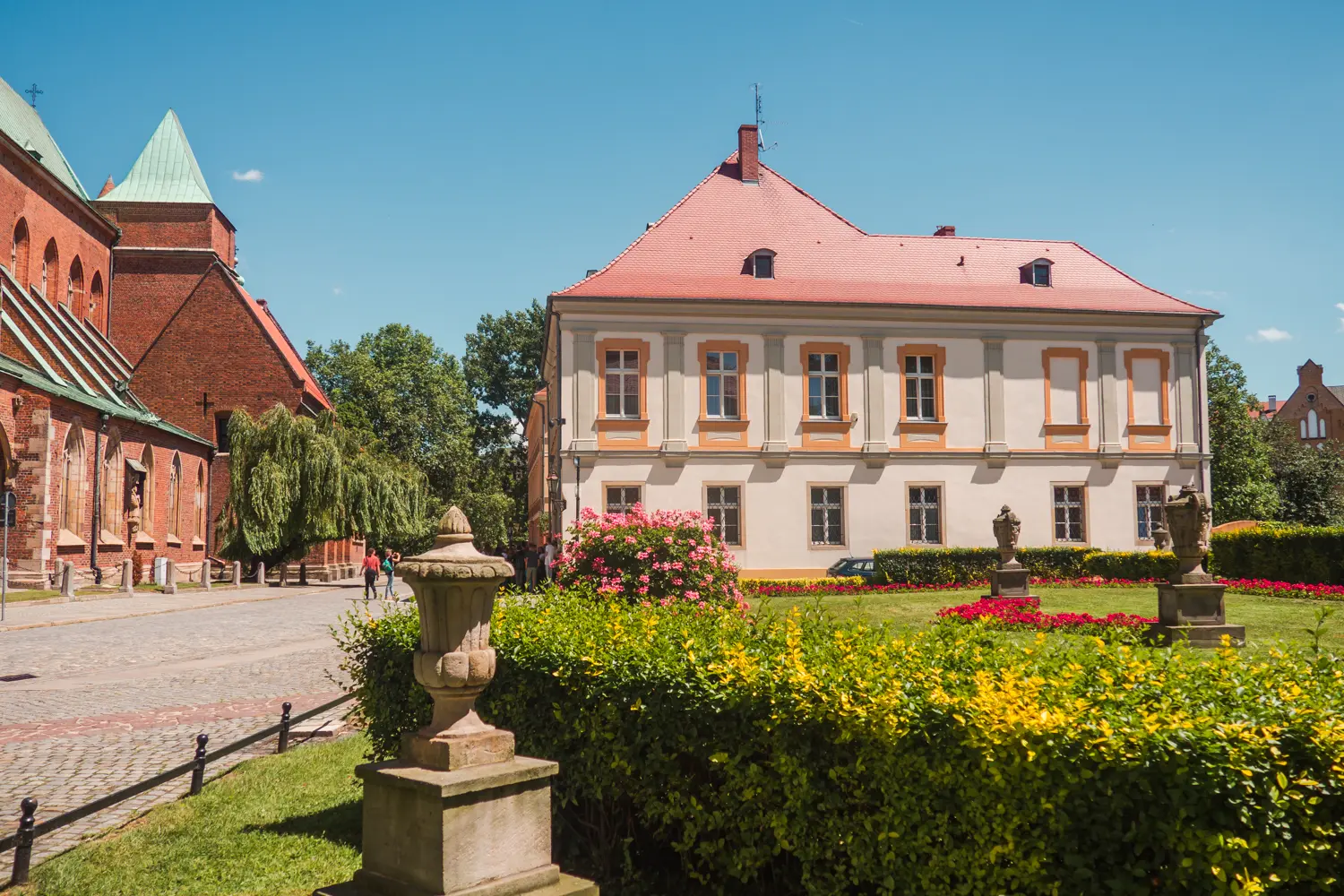
How many days in Wroclaw is enough?
As mentioned above, Wroclaw is the perfect weekend getaway. For most travelers, two to three days is enough to explore the main attractions and get a good sense of the city’s atmosphere.
This time frame allows you to visit the Market Square, hunt for the famous Wroclaw gnomes, take a stroll through Ostrów Tumski (Cathedral Island), and enjoy a couple of museums and cultural sites at a comfortable pace.
Best time to visit Wroclaw
The best time to visit Wroclaw is during the late spring (May to June) and early fall (September to October). This is when the weather is generally mild and pleasant, with fewer crowds compared to the peak summer months.
The city comes alive with colorful blooms in the spring, while fall offers a beautiful display of autumnal colors.
🌟 Read next >> See why Poland is one of my favorite European countries
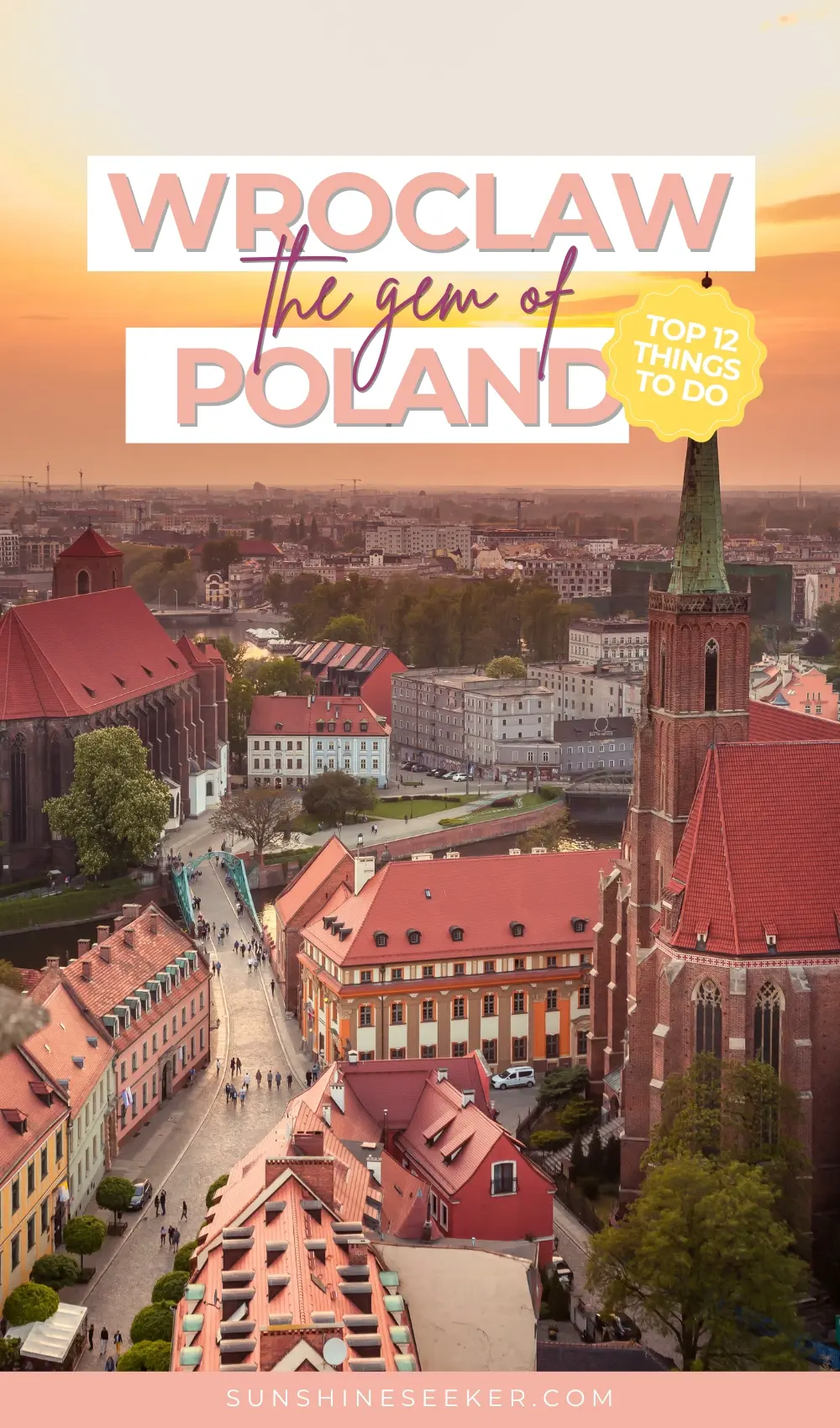
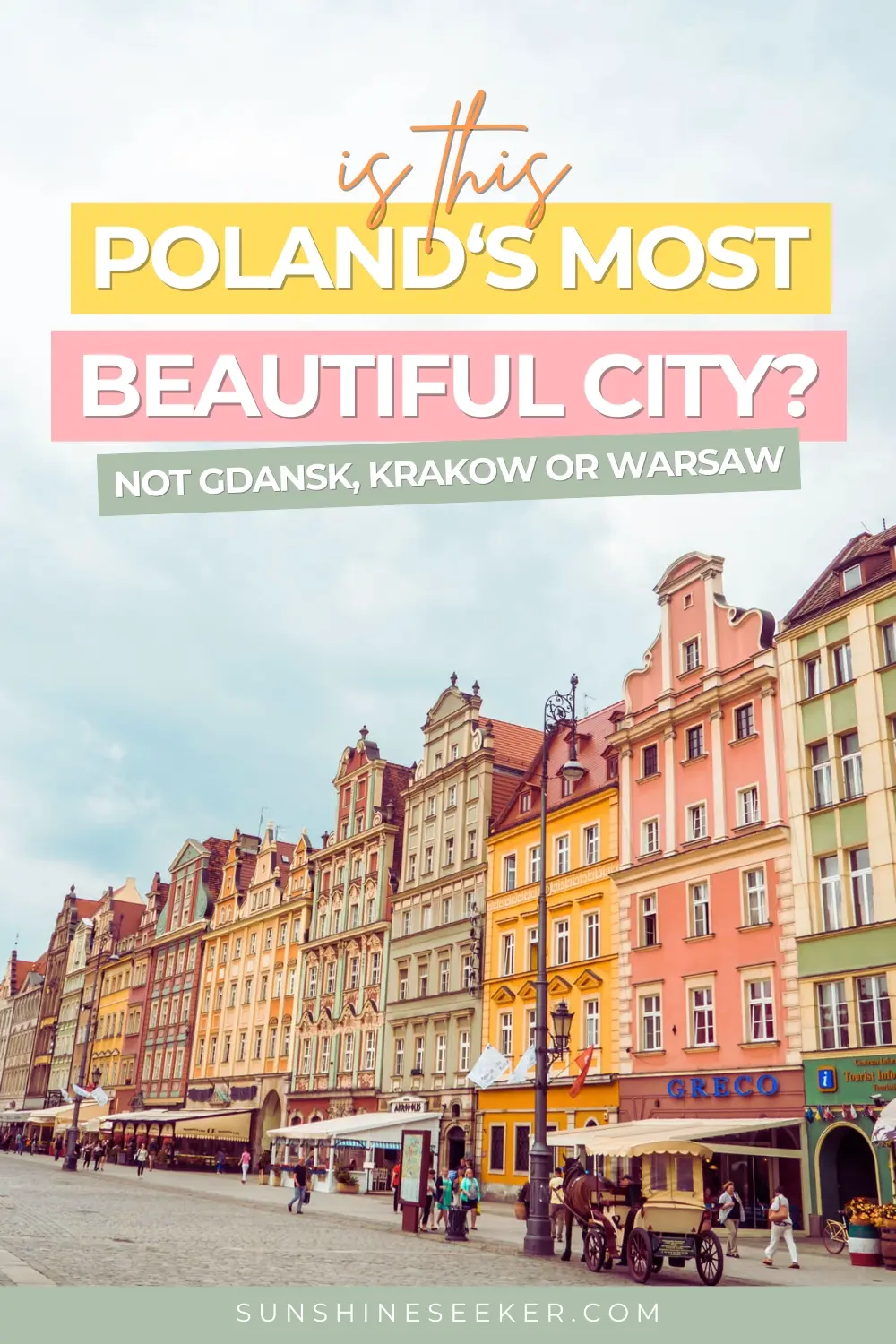








Leave a Reply